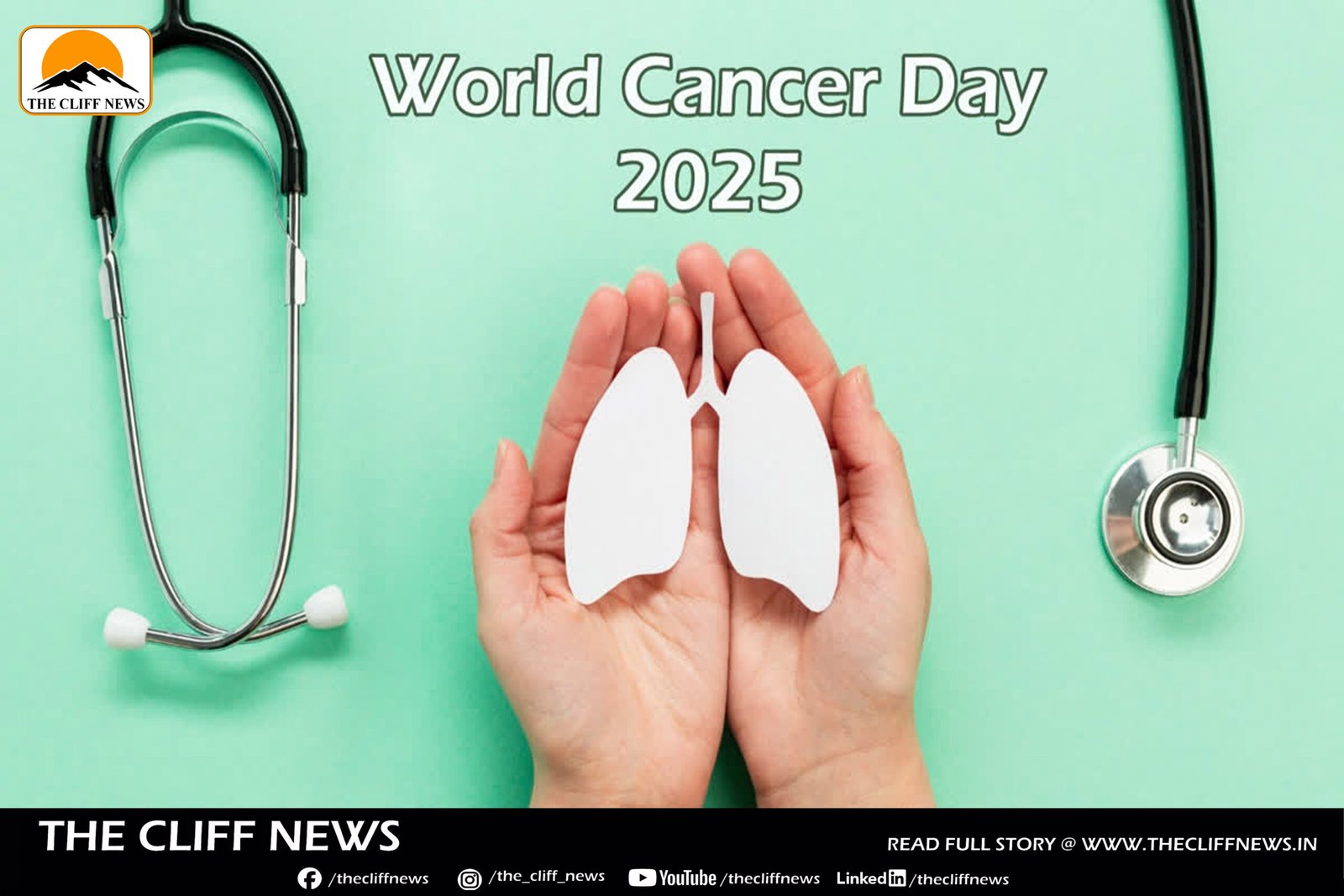Every year on August 1, World Lung Cancer Day is observed globally to raise awareness about lung cancer — the world’s deadliest cancer — and to educate the public about prevention, early detection, and treatment options. The day also serves as a platform to support those affected and to drive collective action against the disease.
The Global Burden of Lung Cancer
According to the World Health Organization (WHO), lung cancer remains the leading cause of cancer-related deaths globally, affecting both men and women. It accounts for around 18% of all cancer deaths each year, making it one of the most lethal malignancies with poor survival outcomes.
The WHO estimates that smoking causes approximately 85% of all lung cancer cases. But the risk isn’t limited to smokers alone — secondhand smoke, air pollution, and exposure to carcinogens like asbestos and radon also contribute significantly, particularly in non-smokers.
Understanding Lung Cancer in Non-Smokers
“Lung cancer is no longer just a smoker’s disease,” says Dr. Bhuvan Chugh, Principal Consultant – Medical Oncology at Max Hospital, Gurugram. “We’re seeing a steady rise in cases among non-smokers, especially women, where the causes are more complex — involving both genetic and environmental factors.”
Studies show that women living with smoking partners have a 27% higher risk of developing lung cancer. Meanwhile, outdoor air pollution — especially particulate matter (PM2.5 and PM10) — is now recognized by the International Agency for Research on Cancer (IARC) as a Group 1 carcinogen, indicating sufficient evidence of its link to lung cancer.
Every 10 μg/m³ increase in PM2.5 and PM10 levels beyond WHO’s recommended limits raises lung cancer risk by 8% and 9%, respectively.
Smokers vs Non-Smokers: The Biological Divide
Lung cancer in non-smokers is often driven by oncogene addiction — a condition where cancer relies heavily on a single gene mutation for survival. These cases respond better to targeted therapies, often administered as oral tablets, drastically improving outcomes and tolerance.
“With over 10 known driver mutations, precision medicine now allows doctors to tailor treatments based on genomic sequencing. It’s one of the most promising advances in modern oncology,” explains Dr. Chugh.
Prevention Is Power
Despite grim statistics, lung cancer is largely preventable. The most effective measure remains quitting smoking, which can reduce risk by up to 90% within five years of cessation. It also protects others from secondhand exposure — a crucial step in safeguarding family and community health.
Key Messages for World Lung Cancer Day 2025:
Quit smoking — it’s never too late.
Protect others from secondhand smoke.
Reduce air pollution exposure where possible.
Support early detection through screenings and awareness.
Encourage research into targeted and precision therapies.
Lung cancer is no longer a death sentence — but awareness, action, and innovation remain our strongest weapons.



